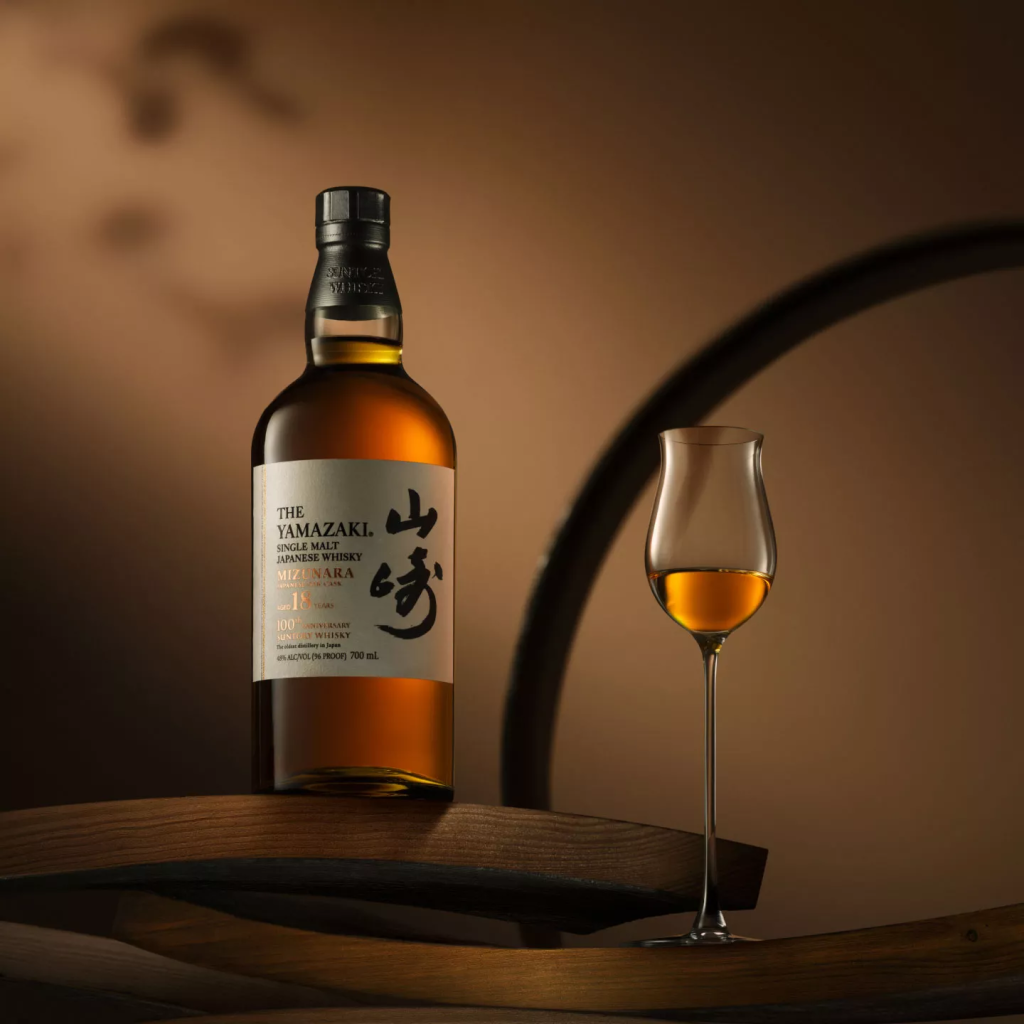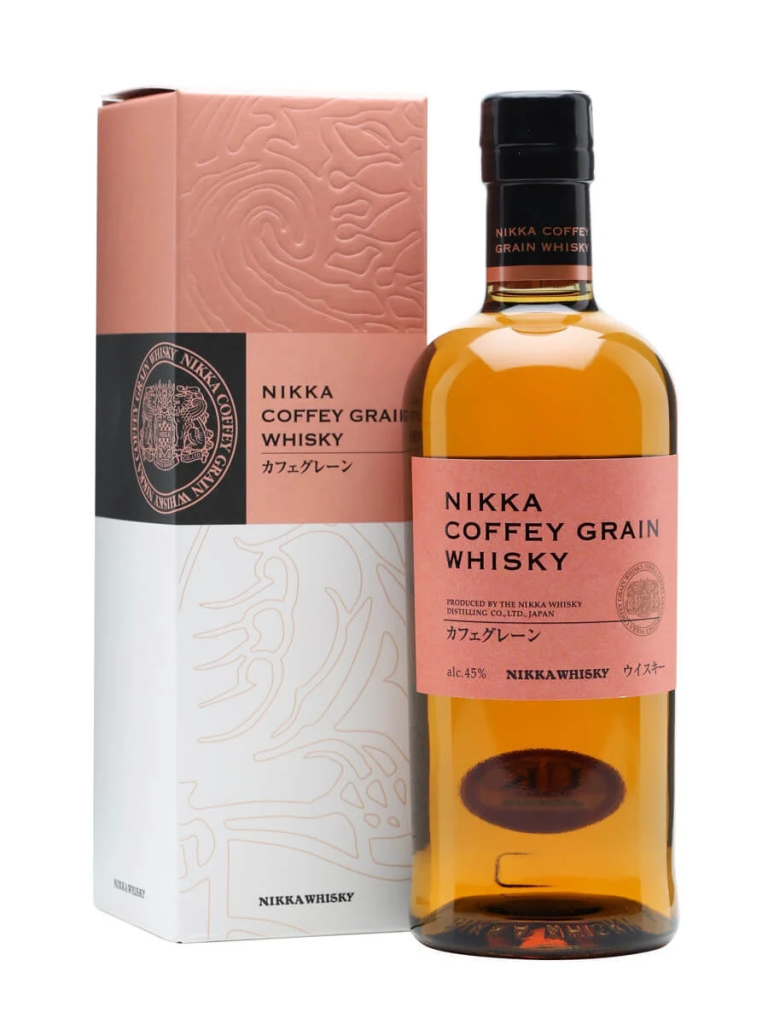How Masataka Taketsuru Put Japan on the Whiskey Map
Whiskey connoisseurs often speak of the “big five” whiskey producing regions: Ireland, Scotland, the United States, Canada, and Japan. While the first four are well-established in the minds of whiskey drinkers, Japanese whiskey is still gaining wider appreciation in the west. With its own style and flavor profiles, exploring Japanese whiskey can open up a fascinating new world.
The History of Japanese Whiskey

The origins of Japanese whiskey can be traced back to Masataka Taketsuru. Nicknamed “the father of Japanese whiskey,” Taketsuru studied distilling in Scotland in 1918 before returning to Japan in the 1920s. He helped establish the country’s first whiskey distillery, Yamazaki, located near Kyoto. This was the beginning of the now famous Suntory company.

In 1934 Taketsuru left to build his own whiskey distillery in Yoichi on the northern island of Hokkaido. His Nikka Whiskey company became Suntory’s main competitor over the following decades. Together, these whiskey pioneers laid the foundation for Japan’s distinctive take on the spirit.
The Unique Character of Japanese Whiskey
While adopting the Scottish techniques he learned, Taketsuru made some key adaptations to cater to Japanese palates, most notably by avoiding the smoky flavors from peat that come through in Scotch whiskies. The result is a lighter and more delicate style of whiskey compared to those traditionally produced in Europe and North America.
Additionally, Japan’s climate and mineral water from different regions impact the flavor, giving diversity across brands and distilleries. Local woods like Mizunara oak are often used to make the aging barrels, adding layers of complexity not found elsewhere.
Different Types of Japanese Whiskies
Most Japanese whiskies fall into three main categories:
Single Malt Whiskies

Single malt whiskies are made at one distillery, using only malted barley. They have the most robust flavors—think sweet honey, dried fruit, vanilla, roasted nuts—sometimes with hints of spice. Major examples include Yamazaki and Hakushu from Suntory and Yoichi and Miyagikyo from Nikka.
Blended Whiskies

Blended whiskies combine malted barley and unmalted grains. They are lighter tasting and more accessible for many drinkers. Suntory’s Hibiki and Nikka’s Taketsuru lines are two of the most popular blends.
Single Grain Whiskies

Single grain whiskies focus solely on one grain such as corn, wheat or rice, resulting in a very smooth sweet flavor, though less complex than single malts. Nikka Coffey Grain and Suntory Chita are some noteworthy grain whiskies.
Beyond this, Japanese whisky can be further categorized into the specific age statement of the bottles (under 10, 12, 15, 18 or 21+ years old) or special limited releases. Older whiskies take on darker, richer traits. Special releases enhance certain flavor dimensions and often integrate Japanese design elements into the packaging.
Where to Sample Different Styles
While Japanese whiskies are becoming more commonplace internationally, visiting Japan offers the full cultural experience. Tour Scotland-inspired distilleries nestled near Mount Fuji or deep in the northern island of Hokkaido. Peruse bottles at Japanese whiskey bars in cities like Tokyo, Kyoto and Osaka. Or simply visit your local bottle shop in town to view diverse options firsthand.
A few standouts to look for include:

- Yamazaki 12 Year: A quintessential single malt with fruit and vanilla notes.
- Hibiki Harmony: An easy sipping well-balanced blend with a sweet honey kick.
- Nikka Yoichi Single Malt: Full-bodied with apple and flowery aromas.
- Ichiro’s Malt Chichibu “The Peated”: A limited malt with subtle smoky hints.
- Suntory Chita: An extremely smooth clean tasting single grain style.
Japanese whiskey has come into its own over the past century. Its gentle refinement suits the Japanese spirit while remaining bold enough in character to compete on the global whiskey stage. There’s still room for Japan’s whiskey traditions to spread their wings further across the connoisseur landscape.